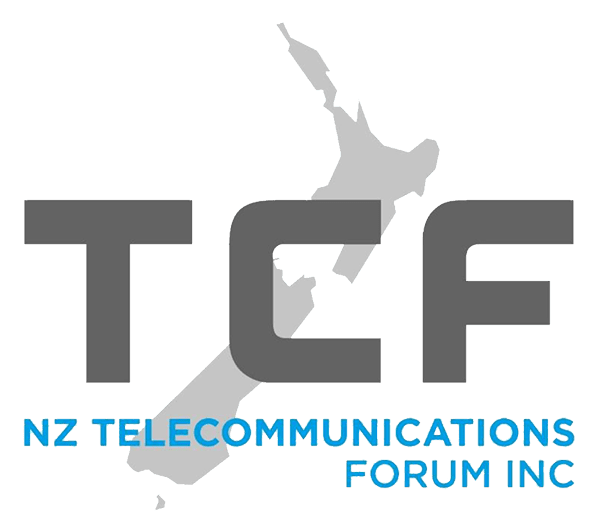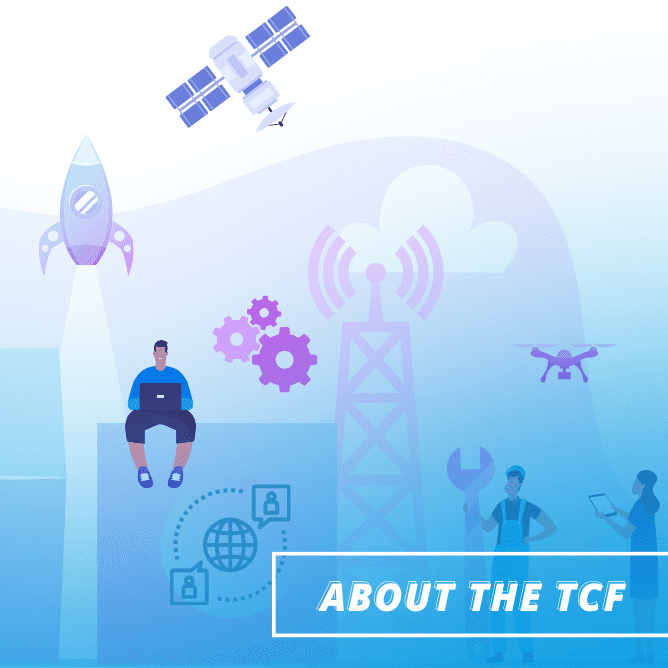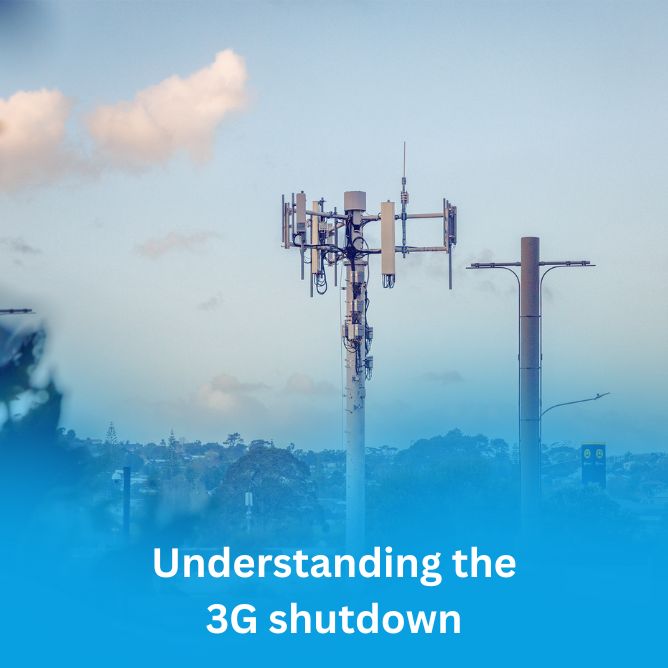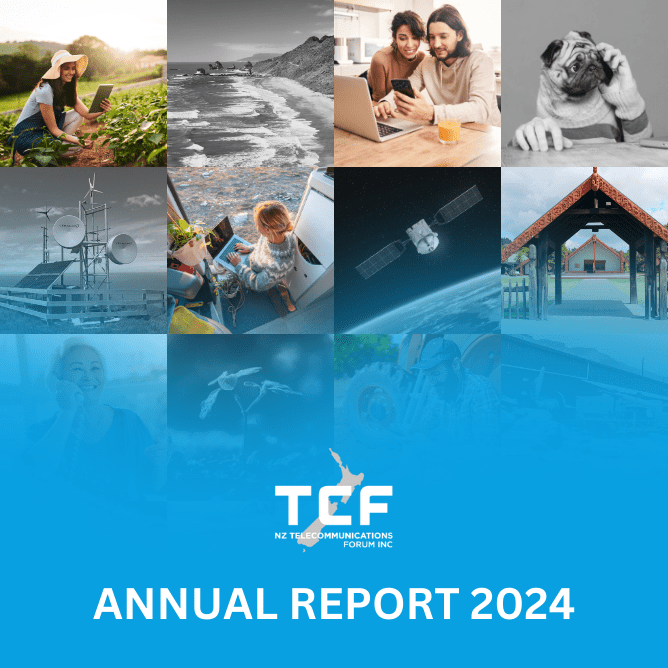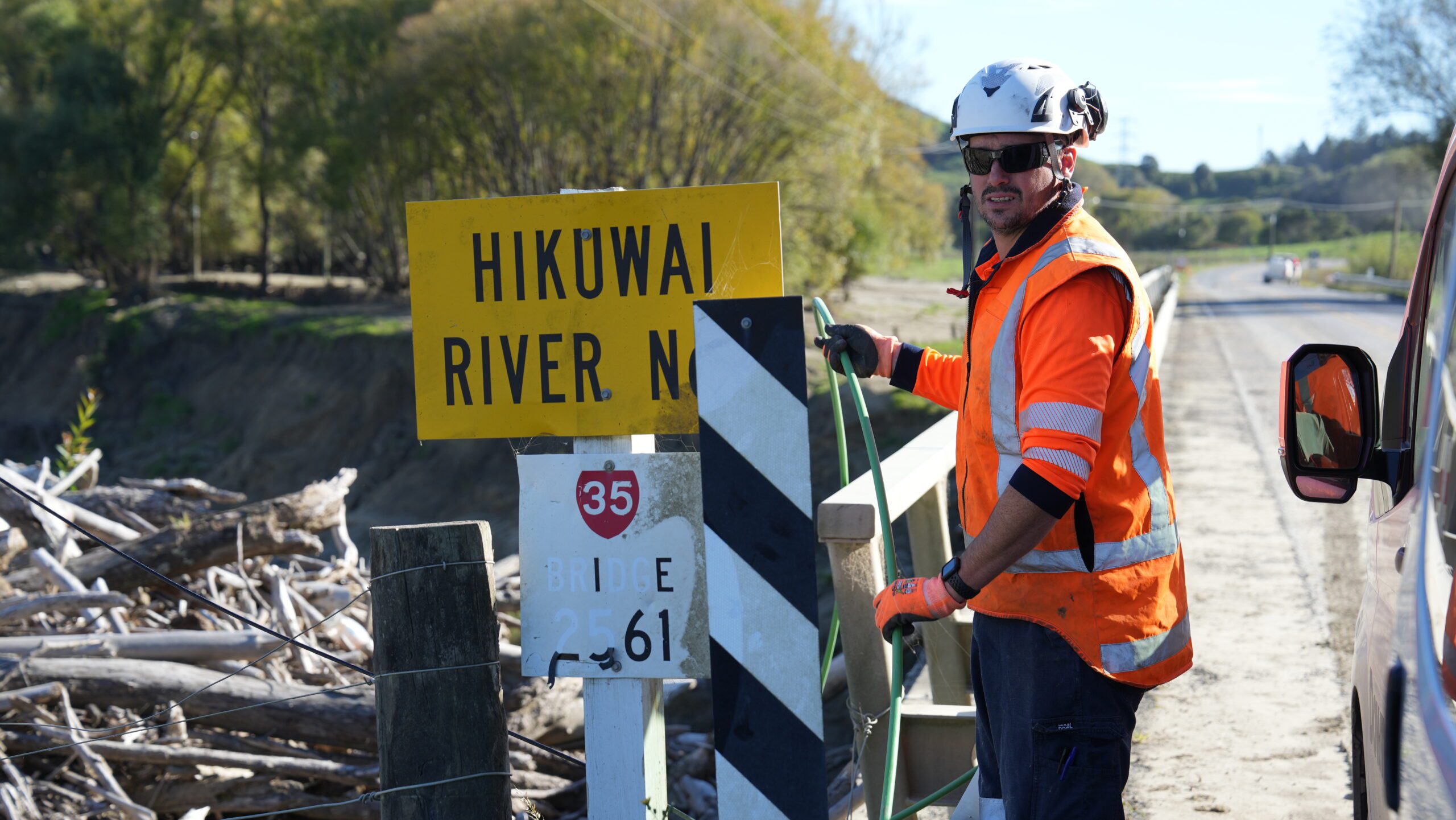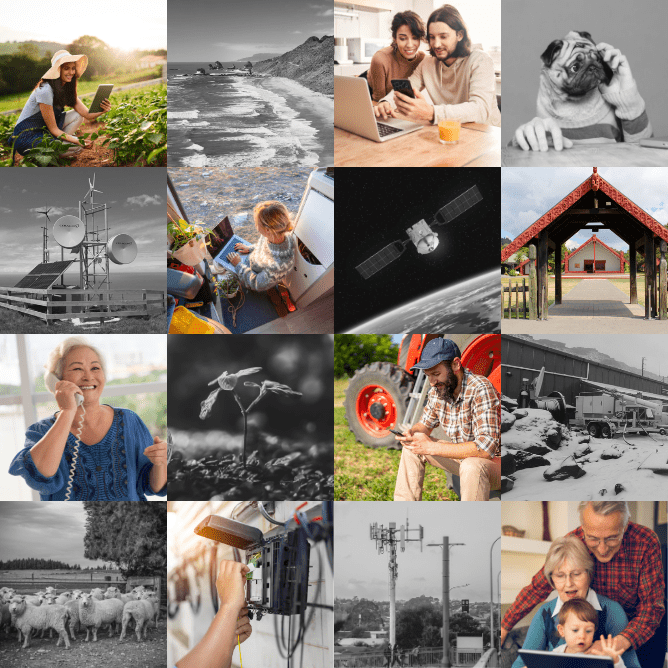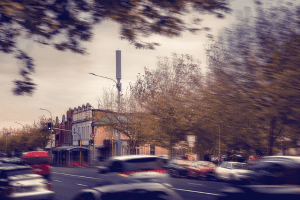Cyclone Gabrielle was an unprecedented natural disaster that cut power to thousands of homes, damaged many kilometres of fibre and destroyed dozens of bridges, cutting off whole communities on the east coast of the North Island. Telecommunications was affected as slips cut cables and power outages affected mobile services across the regions.
While the sector restored service to 90% of the affected region in the first 96 hours, it is clear customers rely on telecommunications more than ever before. So, in the year since, we have worked to improve network resilience across the country.
Modern telecommunications rely on two distinct elements to function – power and a connection from the customer back into the network, known as ‘backhaul’. Without electricity neither the customer equipment nor the network equipment works. The sector operates a triple-layer approach to power supply – mains power, batteries and generators.
While telcos don’t have any control over the delivery of power from the grid, we do work closely with the electricity companies so we are fully informed of any known issues that might impact our networks. This inter-relationship has existed as long as there has been a telecommunications industry. Lines companies are often supported by the same technical teams that support telcos, so we work well together.
When the mains power is down, we fall back on the second layer – batteries. Battery installations at cell towers, at roadside cabinets and at exchanges are not designed to run for extended periods. They last for hours, not weeks, and they do so largely because of size constraints. A battery set that would support a cell phone tower for days would need to be the size of a shipping container and resource consent for such a beast would be difficult to come by. However, battery technology is evolving rapidly, and all three mobile operators have programmes to upgrade site batteries as they reach end of life.
Mobile operators are also improving their power management capabilities by reducing what services each tower delivers during an emergency. This allows the life of the battery or generator to be extended significantly, so you might not be able to stream a TV show, but you’ll be able to make calls or send and receive text messages for longer. This automated capability is being rolled out by mobile network operators to their towers across the country.
The third layer of defence against power outages is the mobile generator. Each telco has a fleet of these with varying levels of capacity that can be deployed to areas where power is expected to be down for an extended period of time.
Most of the damage to fibre during the cyclone came from an unexpected source – forestry slash, which was exacerbated by many of the thousands of slips seen across the region. These destroyed dozens of bridges, and took out both road access and fibre optic cables. These fibre lines connect residential and commercial customers, towns and villages and even whole regions together. Our members have been particularly focussed over the past year on eliminating single points of failure where possible, adding alternative fibre routes for traffic as well as satellite technology as back up backhaul for mobile cell sites.
Chorus and its engineering teams have been working with roading repair crews to fix hundreds of breaks across the North Island, including stretches of fibre that were simply washed away by the cyclone. As part of the restoration work, Chorus is not only replacing lost connections but it’s also re-engineering the network in places – literally moving cable upstream of bridges and raising cables high above ground level to ensure they’re more resilient in future.
Chorus has built new fibre loops to provide resilience to a number of communities around the country, added in 160km of new fibre lines connecting Thames to Whitianga on the Coromandel Peninsula, and by June it will have provided added redundancy to more than 400,000 properties.
Mobile operators who have their own fibre networks have made great progress to upgrade these networks, which play a role in connecting their cell towers back into the network, to include ‘self-healing’ capabilities. This means it enables the light signals that carry data across fibre to automatically change their path when a cut to that fibre occurs, swiftly restoring services where it is possible to do so.
In addition, Chorus has introduced mobile exchanges on wheels (MEOWs) which can handle up to 25,000 connections at a time. Designed to replace an exchange if there is a major event, these units can be deployed quickly into the field to replace damaged infrastructure. Some mobile operators also have temporary cellsites on wheels (COWs) that can be moved into an area and use satellite as backhaul to connect in areas where fibre has been affected.
And speaking of satellite services, the new era of “cell sites in the sky” is dawning and New Zealand telcos are at the forefront of this exciting new opportunity. Spark, One NZ and 2degrees have all signed agreements to work with satellite providers to offer connectivity that doesn’t rely on terrestrial backhaul and will mean customers can find smart phone service almost anywhere in New Zealand where they can see the sky. This will play a critical role in adding an additional layer of connectivity resilience – helping to support communities during natural disasters in future.
The key to resilience is, of course, planning and preparation, and in New Zealand we don’t have just one type of natural disaster to think about. Cyclones and extreme weather events are increasing both in numbers but also in scale. Tsunami risk remains a major problem for the country, as do earthquakes and volcanoes – all of which can have an impact on telecommunications networks in New Zealand.
Telecommunications is critical infrastructure; therefore, we must consider all possible crises and what they could mean for communications. The “Swiss cheese” approach allows us to have multiple responses to multiple issues and to adapt quickly and respond to whatever mother nature throws at us next. What works best for a tsunami might not be ideal for a volcano, for example.
We work closely with government to develop our response to such events, but also with our other critical infrastructure sector partners – electricity, fuel and roading in particular. By understanding their risks and how they will respond, we can all work together to support each other and keep the lights on in times of crisis.
Telecommunications is no longer a nice-to-have item – it’s an essential service that supports communities and enables emergency responses in times of need. The important work going on with the Next Generation of Critical Communications, in partnership with Spark and One NZ, is delivering a new communications service for New Zealand’s frontline emergency services responders. This has enabled cellular roaming to be implemented, extending cellular coverage for emergency service providers, especially in rural areas. If one network is not available or fails, the emergency service providers are automatically re-connected to the alternate network, improving the reliability of access to mobile coverage, and supporting day-to-day operations and safety for our emergency services.
Work to ensure emergency services’ voice and data communications is prioritised when cellular networks are congested or degraded is due to be completed this year.
Hundreds of millions of dollars in investment have been spent on resilience work and planning across all the telecommunication networks over the past year, and that will continue into the foreseeable future. The next event to strike will no doubt be quite different to the last one, but we intend to meet the challenge head on.
Paul Brislen is the CEO of the NZ Telecommunications Forum.
